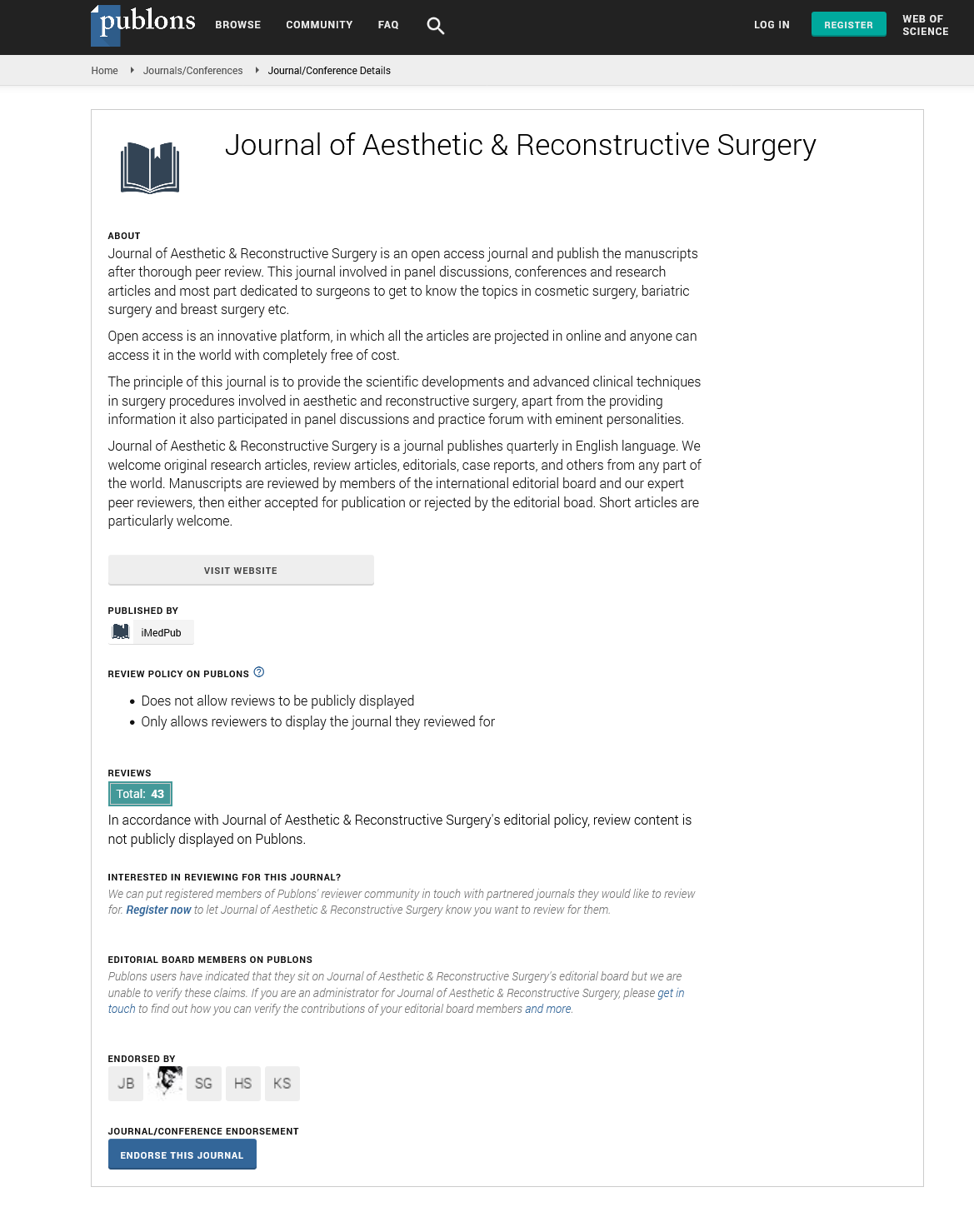Abstract
Photobiomodulation Using Amber Led and Infrared Laser to Controlling the Pigmentation and Flaccidity from Skin
The Photobiomodulation, using different visible light wavelengths, known as phototherapy on past; shows several benefits on heath and aesthetic procedures on skin ageing treatment. The biological effect depends on how this light interacts on the different skin layers in depth and how this light interacts with the different biomolecules, membranes, biomolecules and organelles present in the skin. Shortest wavelengths (high energy), such as violet and blue light, interact more superficially on the skin in contrast to longest wavelengths, such as red light and amber, interact more deeply on the skin; getting to the muscles when we talk about infrared light. The effects of UV radiation (UVA and UVB) on skin pigmentation are known however the effects of blue light are being discussed due to relation with the late and lasting pigmentation on skin either. The visible light induce the bleaching of chromophores on skin (oxidation of melanin); and depending of wavelength and irradiation dose, the oxygen reactive specimens increases and the skin protection decreases. Then, the Inflammation response and the melanin production is consequently Increased (protection mechanism) increasing the pigmentation on skin. The aim of this study is to demonstrate the effects of low level light therapy, using amber LED light and infrared laser light on appropriated dosimetry associated or not, on skin pigmentation control and on skin quality on elasticity and muscle tone. The amber LED light induces the photobleaching of melanin as well as its production on skin since that acts modulating the inflammatory and vascularization response at skin. At same time the infrared laser light also decreases the inflammatory response modulating the skin pigmentation either. The association of both improves the age spots reduction on skin by decreasing of inflammatory response by modulation on melanin synthesis (efficient inflammatory response control) as well promotes face lifting effect induced by collagen production and muscle tone. The studies were performed in vitro on cell culture to evaluation the melanin synthesis reduction for follow groups: 1) Amber LED light irradiation, 2) Infrared laser light irradiation and c) Amber LED Light associated to infrared laser light irradiation. The in vivo studies were performed using visual and skin elasticity evaluations, using cutometer analyses, before and after 30 days of studies associating both wavelengths on protocol (once time a week during 4 weeks). The results suggest that amber light associated to infrared light improves the decreases of age spots and Tissue and Muscle Flaccidity reduction.
Author(s):
Priscila Fernanda Campos Menezes*, Ana Carolina Urbaczek, Rosimeire Fernandes da Matta and Vanderlei Salvador Bagnato
Abstract | Full-Text | PDF
Share this

Google scholar citation report
Citations : 130
Journal of Aesthetic & Reconstructive Surgery received 130 citations as per google scholar report
Journal of Aesthetic & Reconstructive Surgery peer review process verified at publons
Abstracted/Indexed in
- Google Scholar
- China National Knowledge Infrastructure (CNKI)
- Directory of Research Journal Indexing (DRJI)
- WorldCat
- Publons
- Geneva Foundation for Medical Education and Research
- Secret Search Engine Labs
- Euro Pub
Open Access Journals
- Aquaculture & Veterinary Science
- Chemistry & Chemical Sciences
- Clinical Sciences
- Engineering
- General Science
- Genetics & Molecular Biology
- Health Care & Nursing
- Immunology & Microbiology
- Materials Science
- Mathematics & Physics
- Medical Sciences
- Neurology & Psychiatry
- Oncology & Cancer Science
- Pharmaceutical Sciences


